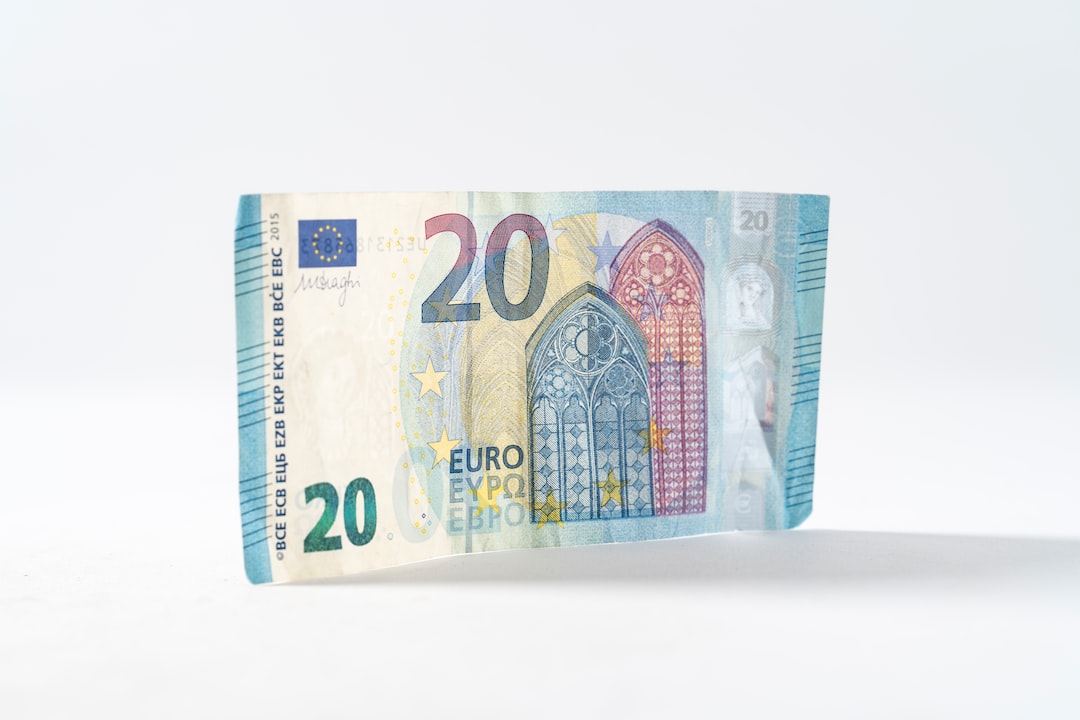Forex trading is a complex and volatile market. A trader needs to have an in-depth understanding of the market and the factors that influence it. One of the essential tools used by forex traders to analyze the market is indicators.
Indicators are mathematical calculations that are based on the price and/or volume of a currency pair. They are used to analyze the market and identify trends, and potential entry and exit points for trades. Indicators can be classified into two main categories: lagging and leading indicators.
Lagging indicators
Lagging indicators are also known as trend-following indicators. They are calculated based on past price data and are used to identify trends and confirm the direction of the market. Examples of lagging indicators include moving averages, Bollinger Bands, and the Relative Strength Index (RSI).
Moving averages: A moving average is calculated by taking the average price of a currency pair over a specific period. The most commonly used moving averages are the 50-day and 200-day moving averages. Traders use moving averages to identify the direction of the trend and to identify potential entry and exit points.
Bollinger Bands: Bollinger Bands are calculated using a moving average and standard deviation. They are plotted above and below the moving average, and they expand and contract based on the volatility of the market. Traders use Bollinger Bands to identify potential entry and exit points.
Relative Strength Index (RSI): The RSI is a momentum indicator that measures the strength of a currency pair’s price action. It is calculated by comparing the average gains and losses over a specific period. Traders use the RSI to identify overbought and oversold conditions in the market.
Leading indicators
Leading indicators are also known as oscillators. They are calculated based on current price data and are used to predict future market movements. Examples of leading indicators include the Moving Average Convergence Divergence (MACD), Stochastic Oscillator, and the Commodity Channel Index (CCI).
Moving Average Convergence Divergence (MACD): The MACD is a momentum indicator that compares two moving averages. Traders use the MACD to identify potential changes in the direction of the trend.
Stochastic Oscillator: The Stochastic Oscillator is a momentum indicator that measures the momentum of a currency pair’s price action. It is calculated by comparing the closing price of a currency pair to its trading range over a specific period. Traders use the Stochastic Oscillator to identify overbought and oversold conditions in the market.
Commodity Channel Index (CCI): The CCI is a momentum indicator that measures the deviation of a currency pair’s price from its average. Traders use the CCI to identify potential changes in the direction of the trend.
Conclusion
Indicators are an essential tool for forex traders. They help traders to analyze the market and identify potential entry and exit points for trades. There are two main categories of indicators: lagging and leading indicators. Lagging indicators are trend-following indicators that are calculated based on past price data. Leading indicators are momentum indicators that are calculated based on current price data. Traders use indicators to identify trends, confirm the direction of the market, and predict future market movements. As with any tool, it is essential to understand the limitations of indicators and to use them in conjunction with other analysis techniques.





